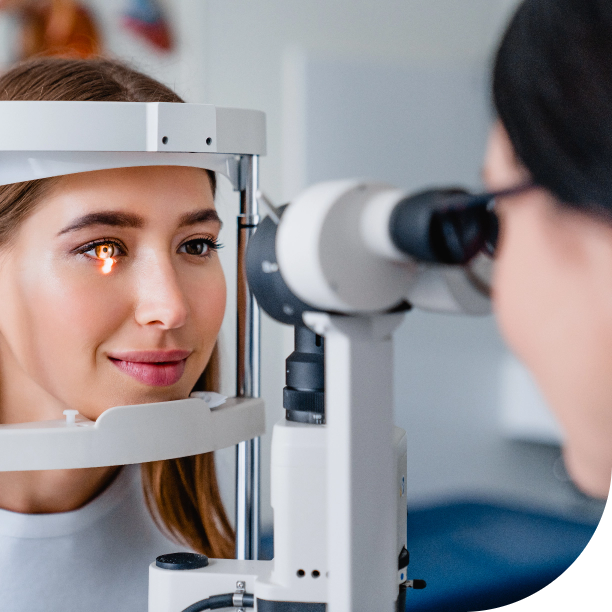The evolution of LASIK eye surgery has taken us from the rudimentary stages of refractive procedures to the cutting-edge technology we see today. This post will provide a glimpse into the history of LASIK, as well as explore the exciting advancements that have significantly improved the procedure’s outcomes.
The Inception of Refractive Surgery
The origins of refractive surgery date back to the 1890s when a Dutch ophthalmologist, Dr. Lendeer Jans Lans, proposed the theory of changing the cornea’s shape to correct vision. Fast forward to the 1960s, and Spanish ophthalmologist, Dr. Jose Barraquer, developed the technique of Keratomileusis, the precursor to LASIK.
Birth of LASIK Eye Surgery
The term LASIK was first introduced in the 1980s by Greek ophthalmologist, Ioannis Pallikaris, who also developed Epi-LASIK eye surgery. It stood for “Laser-Assisted In Situ Keratomileusis,” a procedure that combined two methods: the creation of a thin flap in the cornea (similar to Barraquer’s technique) and the use of a laser to reshape the underlying cornea, a method developed by Svyatoslav Fyodorov, a Russian ophthalmologist.
Approval and Widespread Adoption of LASIK
In the 1990s, LASIK gained FDA approval in the United States. This endorsement, coupled with its high success rate and speedy recovery time, led to the rapid adoption of LASIK across the globe.
Recent Advancements in LASIK Technology
The past few years have seen significant advancements in LASIK technology, leading to more precise and safer procedures.
Custom or Wavefront-guided LASIK: This technology creates a detailed 3D map of the eye, which allows the surgeon to customize the procedure according to the unique characteristics of the patient’s eye. This results in better visual outcomes and a lower risk of post-surgical complications.
Bladeless LASIK: In traditional LASIK, a mechanical device with a metal blade was used to create the corneal flap. However, bladeless LASIK uses a femtosecond laser to create the flap, resulting in greater precision and lower risk of complications.
Topography-guided LASIK: This is the latest FDA-approved LASIK technology. It uses detailed mapping of the surface of the cornea to guide the laser, allowing for personalized treatment that can address subtle corneal irregularities.
Contoura Vision: This is an advancement of topography-guided LASIK, providing an even more detailed analysis of the cornea. It can address the minutest of refractive errors, offering superior results to conventional LASIK eye surgery in some cases.
Despite the exciting advances in LASIK technology, it’s essential to remember that not everyone is a suitable candidate for the procedure. Always consult with an LASIK by OCLI Vision specialist to discuss your unique circumstances and determine the best treatment option for you. If you’ve been looking for a LASIK center near me, you’ve come to the right place. LASIK by OCLI Vision features cutting-edge technology and the nation’s foremost eye care surgeons.
Call today for more information.



